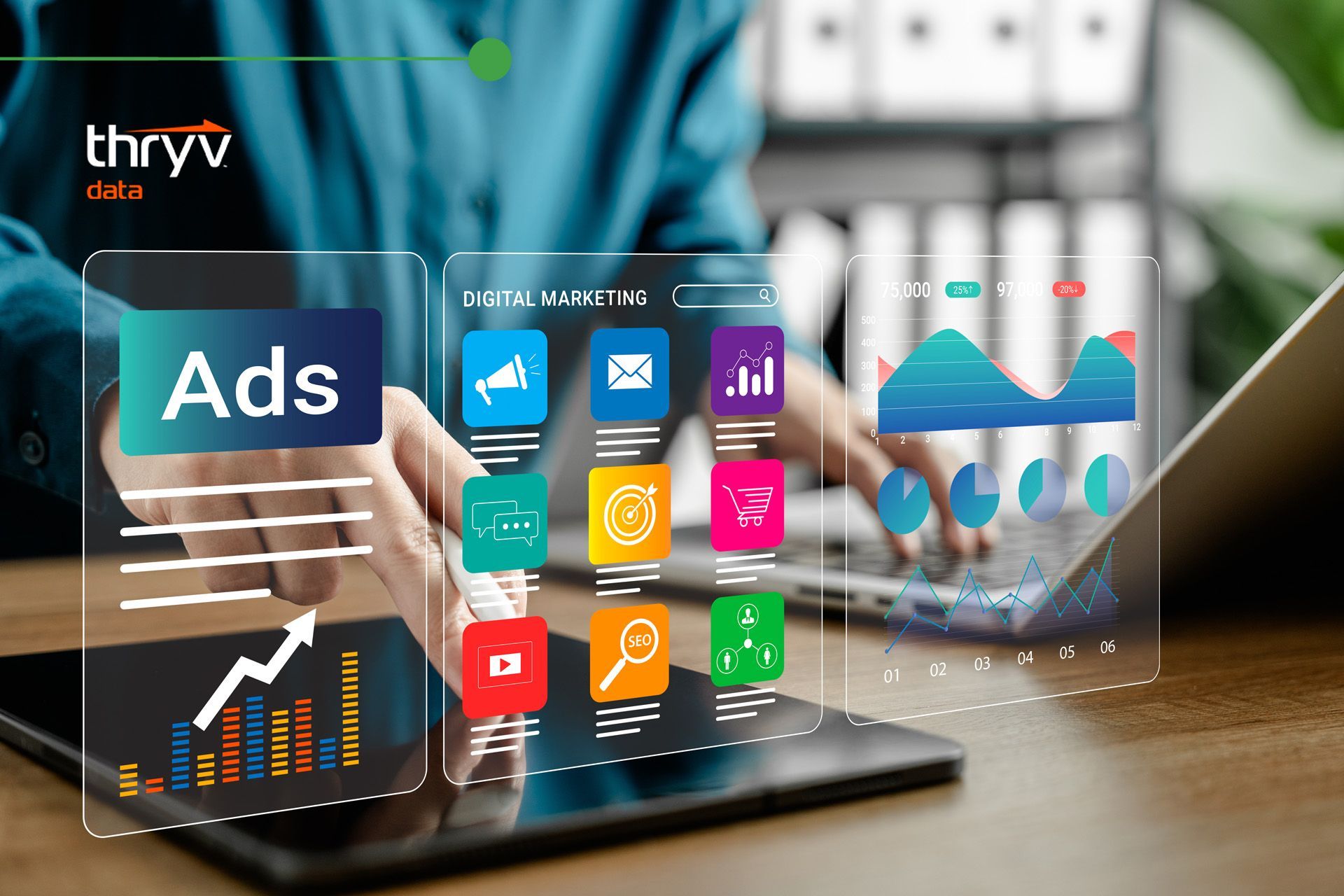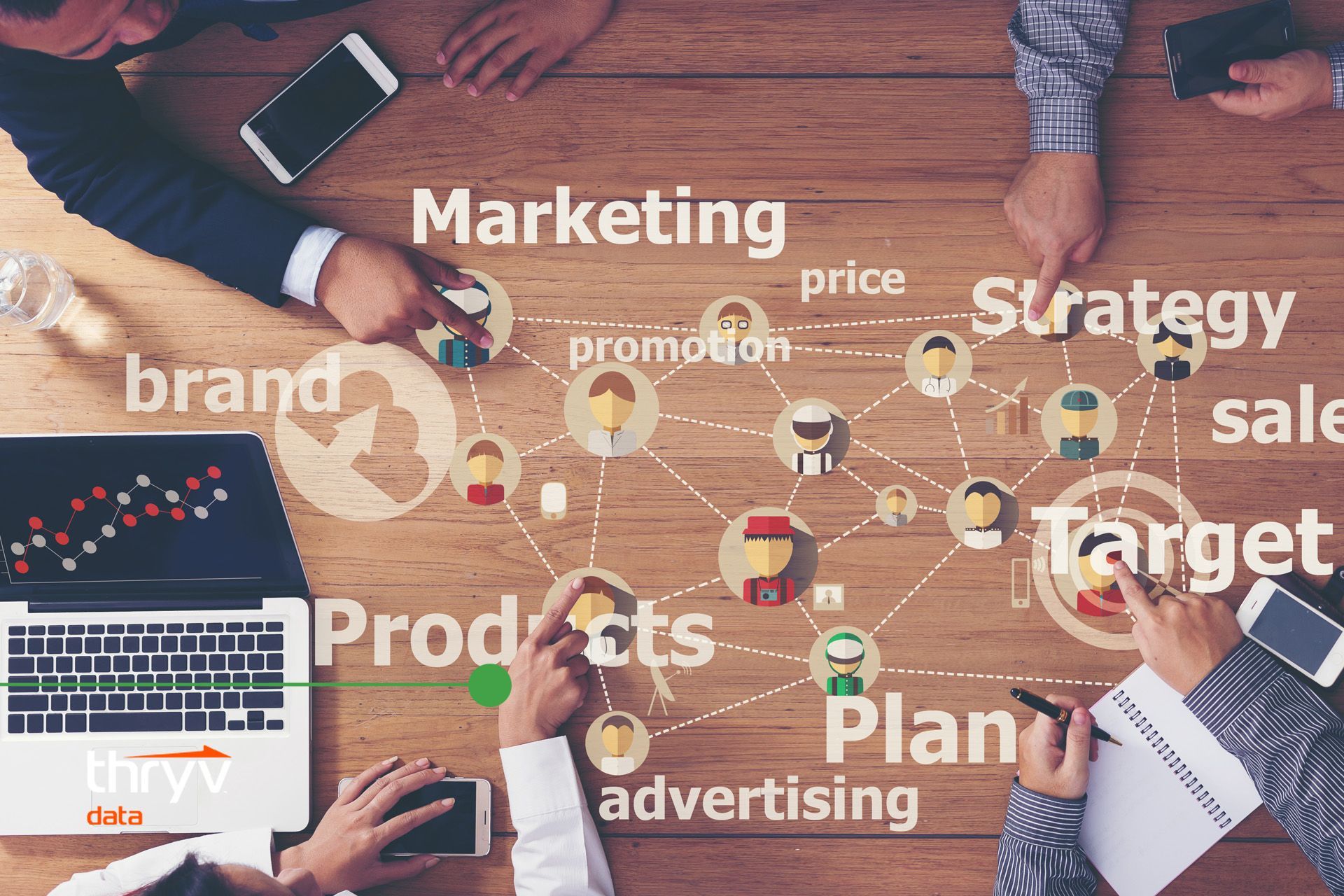How big data can build smarter small-to-medium businesses
Taking a vanilla approach to business strategy and marketing no longer cuts it. Businesses are constantly competing to reach consumers and make an impact. However, in an increasingly connected digital world, these consumers are exposed to thousands of messages across numerous channels each day.
Within this competitive ‘attention economy’, data can be the key for small-to-medium businesses (SMBs) who need to connect with customers and build relationships. It can help them go beyond the ‘vanilla’.
Removing the fear of the unknown
We know this all too well. Thryv Data, works with over 70 small-to-medium businesses across a range of industries.
We are passionate about making sure every one of them - from charities to finance and telemarketing companies - understand the benefits of using data in the right way for their business.
There’s a huge risk that many SMBs don’t realise just what data can offer them and instead, stick to their traditional ways of working.
“Small-to-medium business often fear using data, as it’s not something they’re familiar and therefore, comfortable, working with.”
“This fear could be driven by a lack of time, resources and IT infrastructure, or a lack of knowledge about what they can do with the data they hold.”
We believe that if SMBs want to provide tangible outcomes to their customers as well as become more equipped to compete against bigger, well-resourced companies, then using data - and using good quality data – could provide the edge.
Putting data on the to-do list
For a small-to-medium business, getting started with data is a two-stage process. First they need to leverage existing data sources - as SMBs often have existing data that can get them moving in the right direction.
“They have customer data like emails, phone numbers and addresses. Potentially they’ll have average spend and information like how much time is spent with customers.”
By taking the time to understand the data they already have on hand, a business can begin to take control of their customer experience and customer journey - applying ‘the care factor’.
Being able to leverage close relationships with customers is an advantage to smaller businesses. They can spend time understanding customer needs to guide their business strategy, and thus provide value to existing and future customers in the long run.
“When you reach out to existing customers, it’s not always about trying to sell them what you can in terms of products and services. It’s about giving them value through things they’re interested in.”
Step two is to expand the data you use beyond the ‘demographic’, and into the ‘psychographic’.
“That means they won’t just understand the ‘what’, but the ‘why’ - why customers choose to purchase from a company.”
Small businesses can take advantage of psychographic data to map out their current market and expand on that. It helps businesses focus on more holistic market research - understanding not just where customers are geographically, but what their values are and exactly where their attention is.
Harnessing the potential of data to achieve business goals
We have helped many businesses to utilise first, second and third party data to achieve their business goals. One such business, a small government department, had a very specific data requirement where they needed the exact map location of the people requesting their services. Address data would not suffice as they required granular details.
Every error made in location targeting could cost the department thousands of dollars, and lead to a raft of customer service issues as well as impact internal resources who were responsible for having those errors fixed.
“We’ve been able to help them not only get the specific information they need but also validate that data. By getting it right, they’ve reduced the number of customer complaints and have freed up their call centre for other work”.
For a government department that is as stretched as it is, the saving on operational costs and resources makes a substantial difference to their bottom line.
Data is the key to power better decisions
The inspiration for an SMB to start using data often comes from a CTO or the marketing department - people in the business who understand what they want in terms of data quality and enrichment.
But what about businesses who don’t have a CTO or a marketing department? Where should they start?
“Find a specialist data business that can help you paint a better picture of who, why, what, when and how, in terms of your customers and potential customers.”
“If you start with that, you can retro-fit it to suit your existing data sources.”
It’s important to validate any information that comes in - a part of the process that is easy to overlook. And a small business needs to clean their database every six to 12 months because many people move houses, change their phone numbers and create new emails quite regularly.
Thryv Data can be a one-stop-shop for SMBs when it comes to data, regardless of whether they’re targeting B2B or B2C audiences.
“Whatever your data need, Thryv Data provides a multitude of services that can support your business growth.”
If you’re interested in the range of data solutions that Thryv Data recommends, including MacroMatch, TotalCheck, Helix Personas and WhereIs - click here .
Share article











